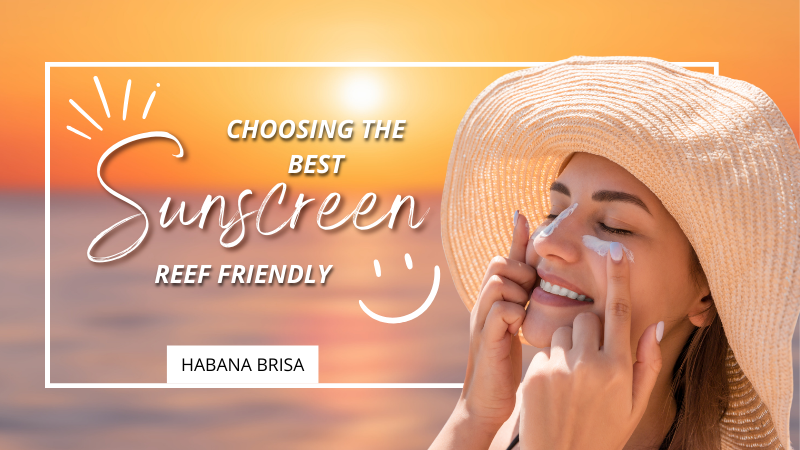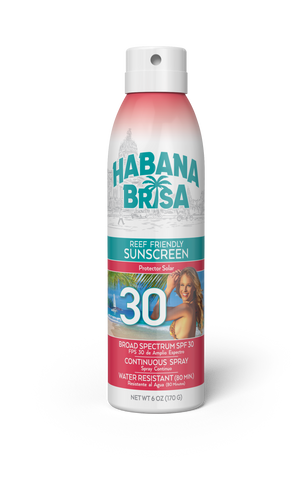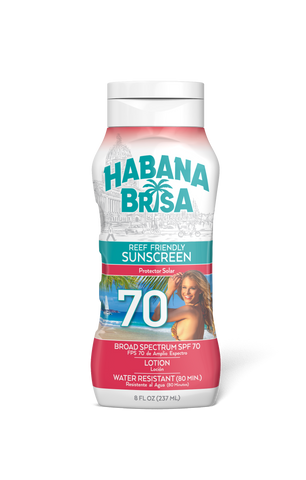Have you ever lounged on a sandy beach, soaking up the sun with your trusty sunscreen on, only to wonder: what impact does this lotion have on the vibrant marine life beneath the shimmering sea? Making the switch to reef-safe sunscreen is not just a choice for your skin but a crucial decision for the conservation of our delicate ecosystems.
Welcome to our comprehensive guide on choosing the best reef-safe sunscreen for environmental protection. In this article, we will provide you with valuable information to help you make an informed choice when it comes to protecting both your skin and the delicate ecosystems of coral reefs.
Using conventional sunscreens can have detrimental effects on coral reefs and marine life due to the presence of harmful chemicals. By opting for reef-safe sunscreens, you can play a crucial role in minimizing environmental damage and preserving the beauty and biodiversity of our oceans.
Reef friendly sunscreens are formulated with ingredients that do not harm coral reefs or marine life. They are typically free from harmful chemicals such as oxybenzone and octinoxate, which have been known to contribute to coral bleaching and disrupt the natural balance of underwater ecosystems.
By choosing reef-safe sunscreens, you not only protect the environment but also ensure the well-being of your skin. These sunscreens are formulated with mineral-based compounds like zinc oxide and titanium dioxide, which provide effective protection against both UVA and UVB rays.
Throughout this guide, we will delve into the features that make a sunscreen reef-safe, explore the benefits of using reef-safe sunscreens for your skin, and provide you with practical tips on choosing and applying these sunscreens effectively. Let's dive in and make a difference for both ourselves and the planet we call home.
Understanding the Environmental Impact of Conventional Sunscreens
Conventional sunscreens, while important for protecting our skin from the sun's harmful rays, can have devastating effects on coral reefs and marine life. It's crucial to understand the environmental impact of these sunscreens and the urgent need to switch to reef friendly alternatives.
When we go for a swim in the ocean wearing conventional sunscreen, we unknowingly contribute to coral bleaching. Chemical ingredients like oxybenzone and octinoxate found in traditional sunscreens have been found to disrupt the balance of marine ecosystems. These chemicals can induce coral bleaching, a process where coral expels the symbiotic algae living within it, leaving it vulnerable to disease and death.
Not only do conventional sunscreens harm coral reefs, but they also pose a threat to marine life. Certain sunscreen chemicals, like oxybenzone, have been found to interfere with the development and reproduction of fish, sea urchins, and other marine organisms. Even at low concentrations, these chemicals can cause harmful effects and disrupt the delicate marine ecosystem.
To make matters worse, these harmful chemicals don't just stay in the ocean. They can also enter our water supply through wastewater treatment systems and rivers, further affecting aquatic life. This means that even if you're not directly swimming in the ocean, your sunscreen could still be contributing to the problem.
By understanding the detrimental effects of conventional sunscreens, we can make informed choices and opt for reef-safe alternatives. Look for sunscreens that use mineral-based compounds like zinc oxide and titanium dioxide as their active ingredients, as these are generally considered safe for both our skin and the environment.
Choosing reef friendly sunscreen is a simple yet powerful way to protect our coral reefs and marine life while still enjoying the great outdoors.
What Makes a Sunscreen Reef Friendly?
When it comes to protecting our skin from the sun's harmful rays, it's essential to choose a sunscreen that not only shields us from UV radiation but also minimizes the impact on our delicate marine ecosystems. Reef-safe sunscreens are formulated with ingredients that are environmentally friendly and do not contribute to coral bleaching or harm marine life. Here are the key characteristics and ingredients that make a sunscreen reef safe:
-
Mineral-based Formulas: Reef-safe sunscreens predominantly contain mineral-based ingredients such as zinc oxide and titanium dioxide. These physical blockers work by reflecting and scattering UV rays away from the skin, without releasing harmful chemicals into the water.
-
Non-Nano Particles: Reef-safe sunscreens use non-nano mineral particles, which means they have larger particle sizes that are less likely to be absorbed by corals and other marine organisms. This helps prevent any potential harm to the marine ecosystem.
-
Biodegradable and Non-Toxic: Reef-safe sunscreens are typically biodegradable, which means they can naturally break down over time without leaving behind harmful residues in the water. They are also formulated without harmful chemicals like oxybenzone and octinoxate that can disrupt coral reefs and marine life.
-
Non-Comedogenic: Reef-safe sunscreens are often non-comedogenic, meaning they do not clog pores or cause acne breakouts. This makes them suitable for all skin types, including sensitive and acne-prone skin.
-
Water-Resistant: To ensure effective protection during water activities, reef-safe sunscreens are designed to be water-resistant. However, it is important to reapply regularly, especially after swimming or excessive sweating.
Choosing a reef-safe sunscreen is not only beneficial for the environment but also for your skin's health. By opting for sunscreens with these key characteristics and ingredients, you can enjoy the sun responsibly while protecting our precious marine ecosystems. Remember, small changes in our daily choices can make a significant difference in preserving our oceans for future generations.
Selecting the Right Sunscreen
-
Look for Zinc Oxide and Titanium Dioxide: These mineral-based compounds are the key ingredients in reef-safe sunscreens. They provide effective protection against both UVA and UVB rays without causing harm to marine life.
-
Avoid Harmful Chemical Ingredients: Stay away from sunscreens that contain oxybenzone, octinoxate, and other harmful chemicals. These ingredients have been linked to coral bleaching and pose a risk to marine organisms.
-
Check the Ingredient List: Read the label carefully to ensure the sunscreen contains non-nano zinc oxide or titanium dioxide. Non-nano particles are larger and less likely to be absorbed by corals.
-
Consider Your Skin Type: Different sunscreens cater to different skin types. If you have sensitive skin, opt for fragrance-free and hypoallergenic options. For oily skin, look for oil-free formulations.
- SPF and Broad-Spectrum Protection: Choose a sunscreen with a sun protection factor (SPF) of 30 or higher. Additionally, make sure it provides broad-spectrum protection against both UVA and UVB rays.
Our Top Reef-Friendly Sunscreen Picks from Habana Brisa
Reef Friendly- SPF 30 Continuous Spray Sunscreen



